Non Toxic Cleaning Products Sand dunes are places of constant change and movement Wander through them on warm summer days for orchids bees and other wildlife or experience the forces of nature behind
How are sand dunes formed Sand dunes are created by strong winds and not by coastal erosion or deposition As sand is blown up a beach it forms small hills What are Sand Dunes Sand dunes are mounds or ridges of sand that form due to the transportation and deposition of sand particles by wind aeolian processes They are often
Non Toxic Cleaning Products

Non Toxic Cleaning Products
https://i0.wp.com/cleanheartmaids.com/wp-content/uploads/2020/09/benefits-of-non-toxic-products.jpg?resize=1080%2C675&ssl=1
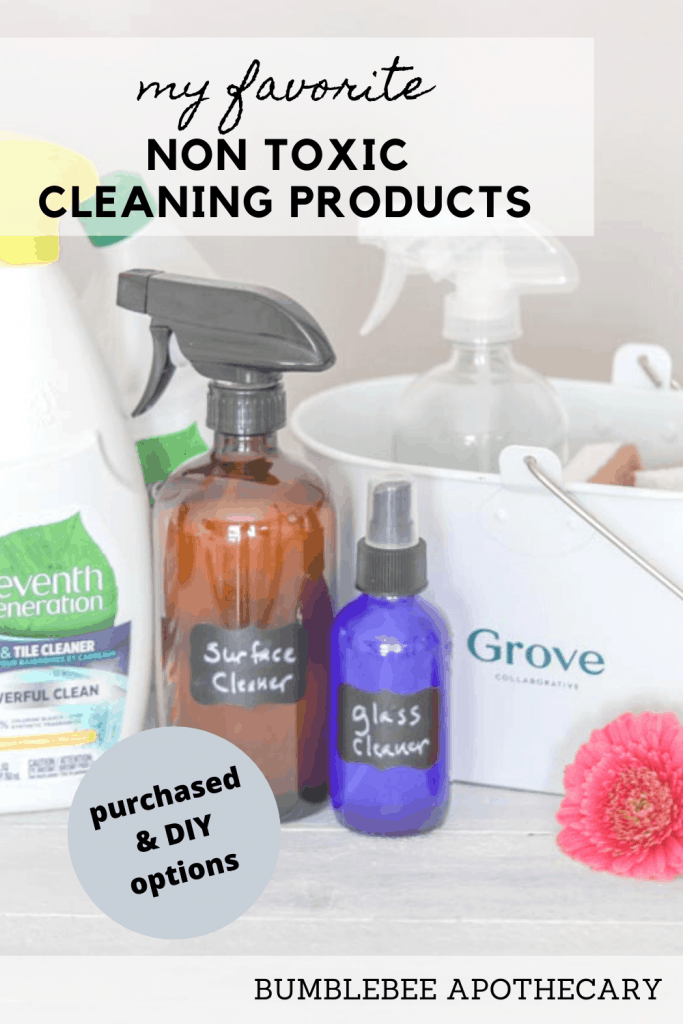
The Best Non Toxic Cleaning Products Bumblebee Apothecary
https://bumblebeeapothecary.com/wp-content/uploads/2020/03/best-non-toxic-cleaning-products-683x1024.png
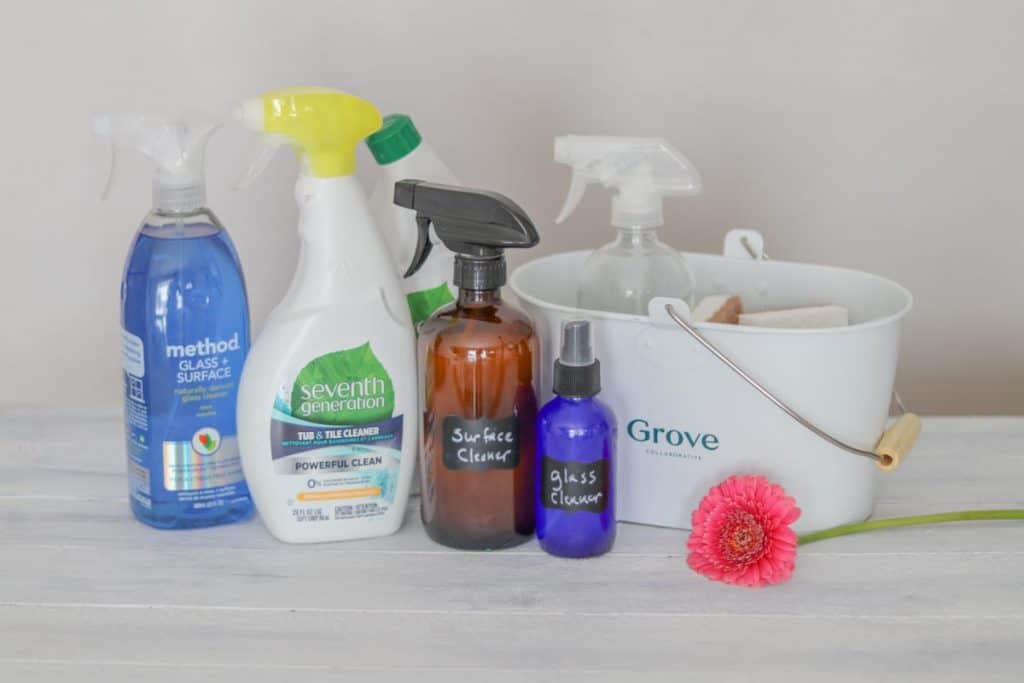
The Best Non Toxic Cleaning Products Bumblebee Apothecary
https://bumblebeeapothecary.com/wp-content/uploads/2020/03/best-non-toxic-cleaning-products-1024x683.jpg
Sand dune habitats are one of the most natural remaining vegetation types in the UK They support more than 70 nationally rare or red data book species and are a refuge for many 72 important sand dune species in England and Wales live here amongst two priority habitats Dunes are highly diverse environments home to a variety of orchids and many insects and
Sand dunes are some of nature s most scintillating creations These eye catching land masses are found around the globe in different climatic conditions They are not only limited to deserts Sand dunes are small ridges or hills of sand found at the top of a beach above the usual maximum reach of the waves They form from wind blown sand that is initially deposited
More picture related to Non Toxic Cleaning Products

Switching To Non Toxic Cleaning Products The Beginner s Guide
http://naturesnurtureblog.com/wp-content/uploads/2018/04/Non-Toxic-Cleaning-Products-post.png

Switching To Non Toxic Cleaning Products The Beginner s Guide
http://naturesnurtureblog.com/wp-content/uploads/2018/04/non-toxic-cleaning-products-pin-683x1024.png

The Best Non Toxic Cleaning Products The Healthy Consultant
https://thehealthyconsultant.com/wp-content/uploads/2020/04/2-2.png
There are 4 types of sand dunes i transverse dunes ii barchans iii longitudinal dunes and iv complex dunes The Sand dunes are formed when strongly blowing wind deposits sand on Sand dunes are the build up of sand formed due to water or wind process under the influence of gravity It typically takes the shape of a ridge mound or hill that far from the tidal influence
[desc-10] [desc-11]

The Best Non Toxic Cleaning Products The Healthy Consultant
https://thehealthyconsultant.com/wp-content/uploads/2020/04/6-2.png

9 Non Toxic Cleaning Products To Help You Green Clean Your Way To
https://www.sustainablejungle.com/wp-content/uploads/2023/08/Non-Toxic-Cleaning-Products-2023-P2.jpg

https://www.wildlifetrusts.org › habitats › coastal › sand-dunes
Sand dunes are places of constant change and movement Wander through them on warm summer days for orchids bees and other wildlife or experience the forces of nature behind

https://www.internetgeography.net › topics › how-are-sand-dunes-formed
How are sand dunes formed Sand dunes are created by strong winds and not by coastal erosion or deposition As sand is blown up a beach it forms small hills
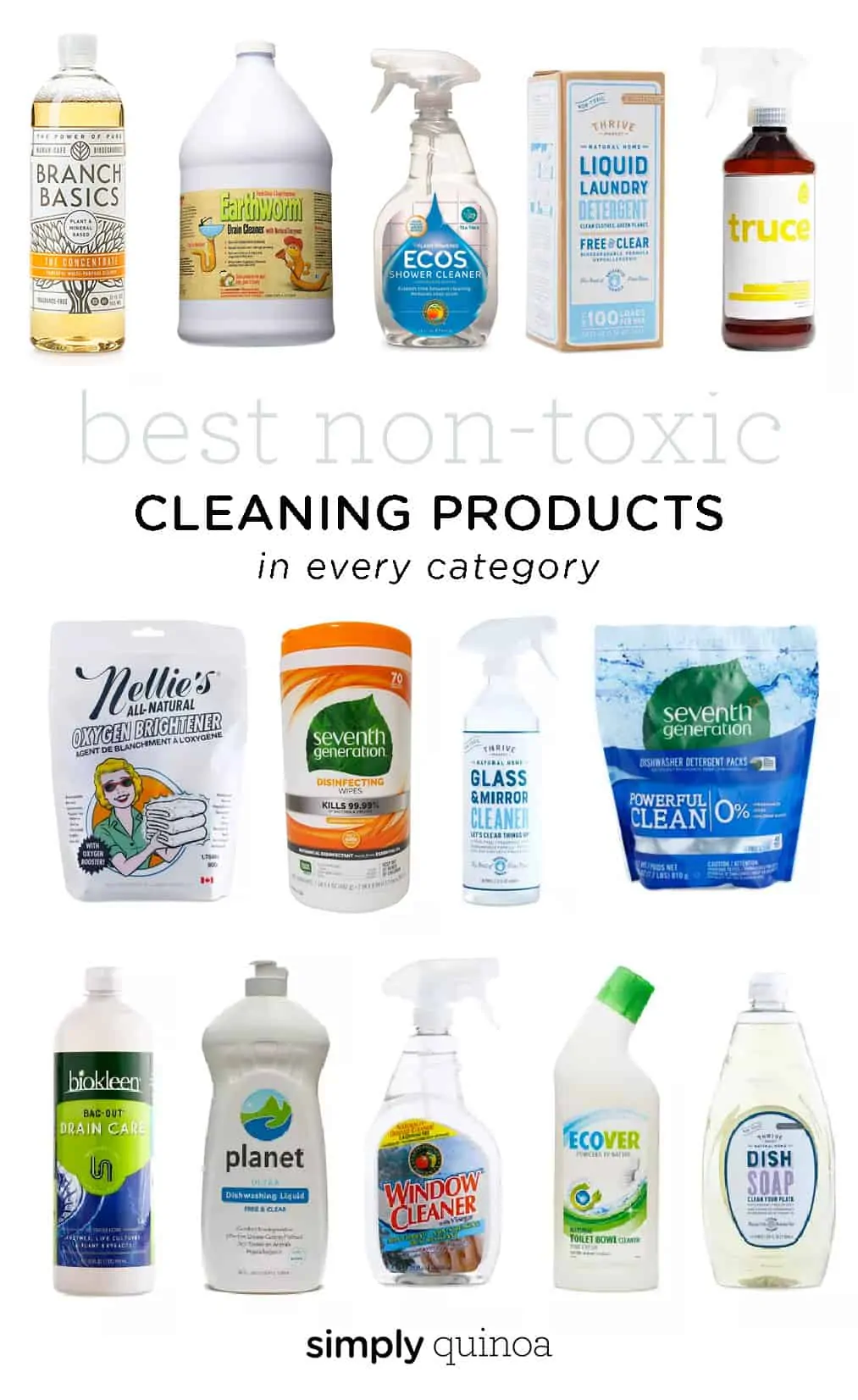
The Best Non Toxic Cleaning Products In Every Category 2020 Update

The Best Non Toxic Cleaning Products The Healthy Consultant

Non Toxic Cleaning Products Eco Solutions Powerful Removers Cleaners

The Best Non Toxic Cleaning Products Natural Cleaning Products Toxic

The Ultimate Guide To Non Toxic Cleaning Products Ashley Welborn
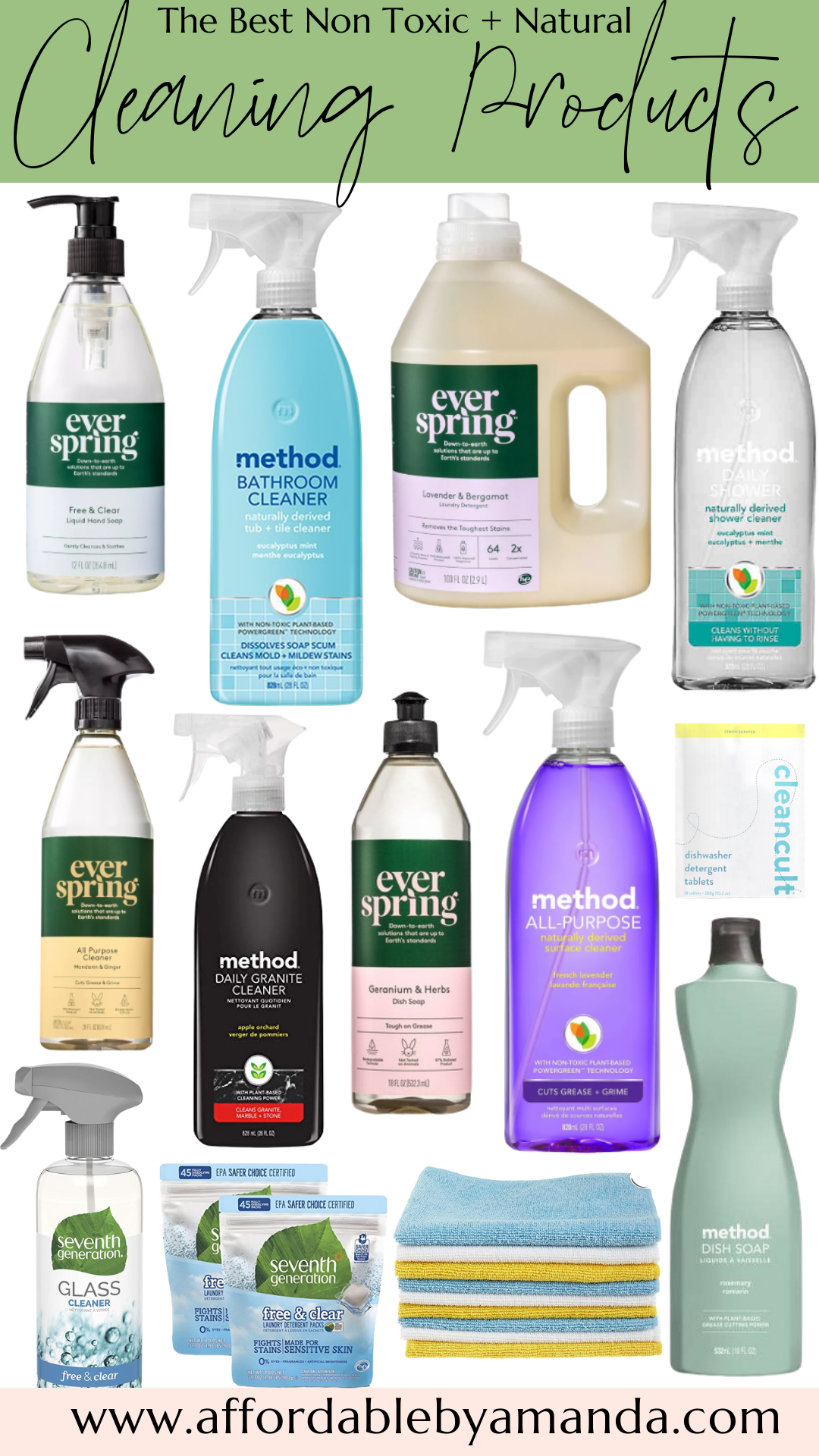
The Best Natural Cleaning Products In 2020 Non Toxic Cleaning Products

The Best Natural Cleaning Products In 2020 Non Toxic Cleaning Products
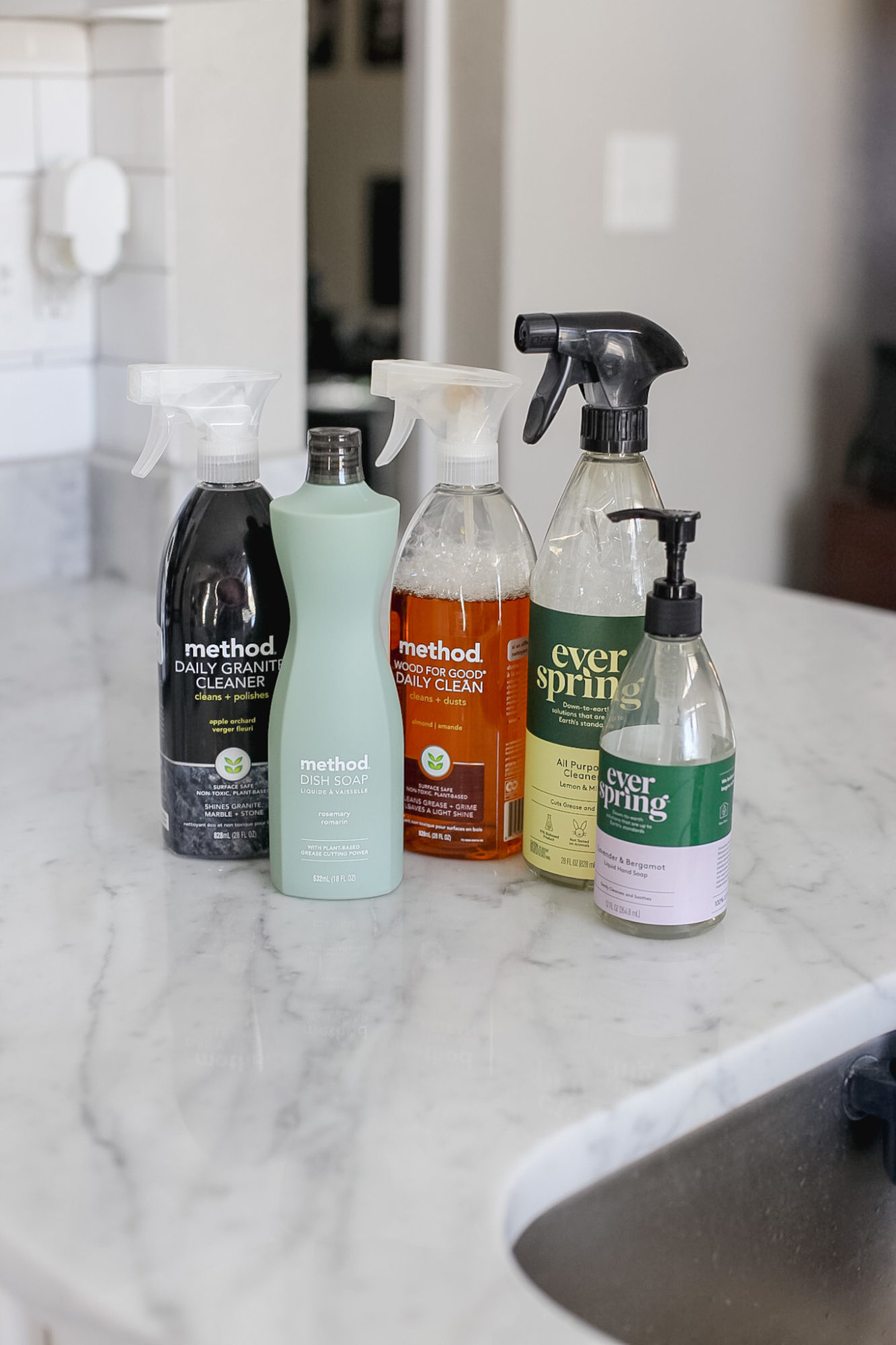
The Best Natural Cleaning Products In 2020 Non Toxic Cleaning Products

The Ultimate Guide To Non Toxic Cleaning Products Artofit

The Ultimate Guide To Non Toxic Cleaning Products Artofit
Non Toxic Cleaning Products - Sand dune habitats are one of the most natural remaining vegetation types in the UK They support more than 70 nationally rare or red data book species and are a refuge for many